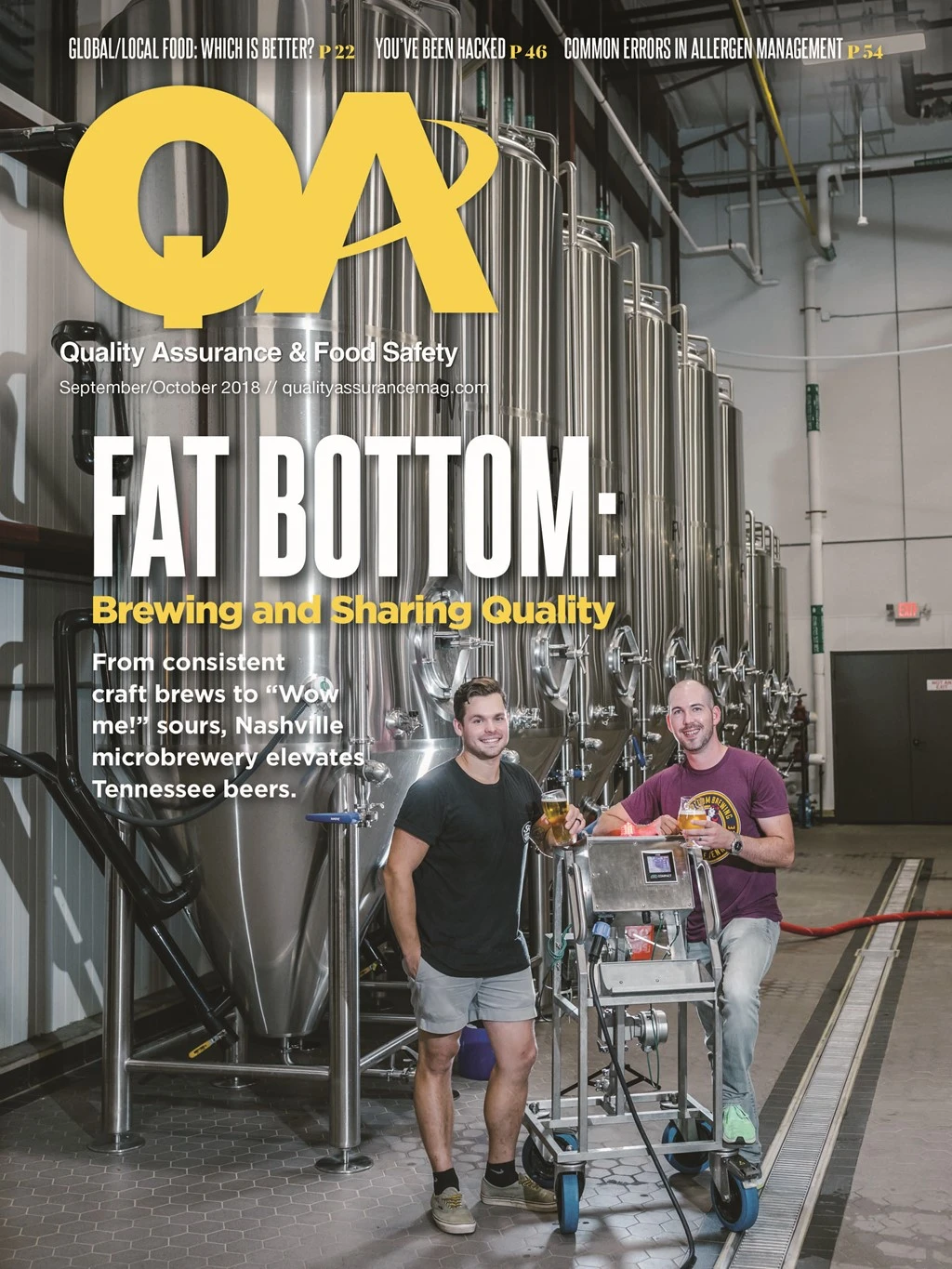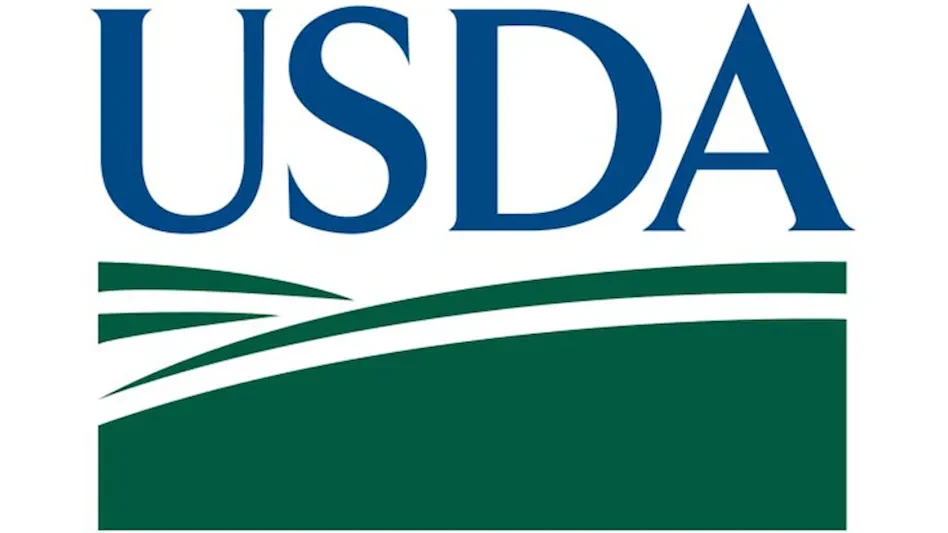
Listeria monocytogenes is one of the most dangerous foodborne pathogens in food manufacturing facilities. Having a thorough understanding of where the bacteria are coming from and how to control them in the environment is extremely important. The cost of a Listeria outbreak goes beyond dollars and recalls; it also could include illness or death.
1. What is Listeria?
Listeria monocytogenes is a pathogen known to cause foodborne illnesses. Listeria genus, or Listeria species, contains six species with Listeria monocytogenes as the pathogen. Listeria is found in production facilities of dairy, meat, seafood, poultry, and RTE products. Listeria can grow under refrigerated temperatures with no change in taste, smell, or appearance of the product.
2. What should you do if you find Listeria monocytogenes in your environment?
Celebrate! Your environmental monitoring program has been successful and you now have the opportunity to remove it. By identifying the location where the positive was found, you can assess if you have finished product at risk and withhold it until a final disposition can be made. Vector sample a large area to find the source, investigate for root cause, and mitigate the source. Apply and verify corrective actions to minimize the risk of reoccurrence.
3. How will you control Listeria in your production facility?
Once you have identified Listeria as a foreseeable hazard, you will want to keep it out of your product. Eliminate Listeria through sanitary design of your facility and equipment. Seal cracks, replace damaged equipment, manage traffic flow, use proper PPE, and more. Validation and ongoing verification of the cleaning and sanitation program is essential to controlling and eliminating the presence of Listeria.
4. How can you design a successful environmental monitoring program?
Identify the purpose of the program as it applies to the facility for which it is being designed and the person who has responsibility for each of the program’s elements. This may include quality, production, sanitation, maintenance, and laboratory representatives. Take into account traffic patterns, GMPs, sanitation programs, production schedules, etc. Find a trusted accredited third-party laboratory to analyze your Listeria samples and help troubleshoot issues. An “outside set of eyes” can provide valuable observations when reviewing an environmental monitoring program. Always respond to a presumptive Listeria swab with investigation, vector samples, root cause determination, and corrective action.
5. Who can you contact for more information?
Email: testwithus@cherneymicro.com.

Explore the October 2018 Issue
Check out more from this issue and find your next story to read.
Latest from Quality Assurance & Food Safety
- Bird Flu: What FSQA Professionals Need to Know
- Registration Open for 129th AFDO Annual Educational Conference
- Frank Yiannas, Aquatiq Partner to Expand Global Reach of Food Safety Culture
- World Food Safety Day 2025 Theme: Science in Action
- Ancera Launches Poultry Analytics System
- USDA Terminates Two Longstanding Food Safety Advisory Committees
- Catalyst Food Leaders Announces Virtual Leadership Summit for People in Food
- Food Safety Latam Summit 2025 Set for Mexico City





